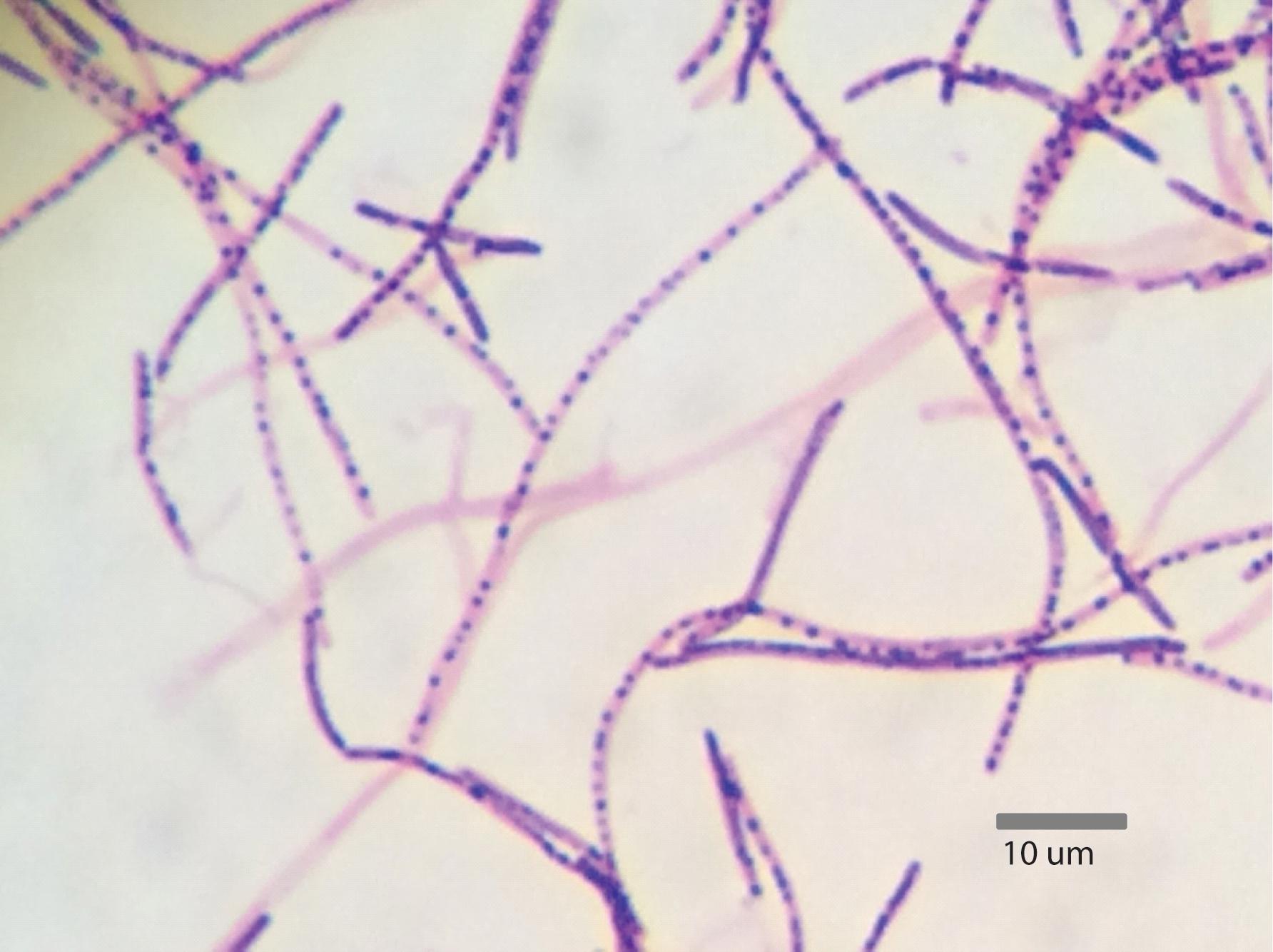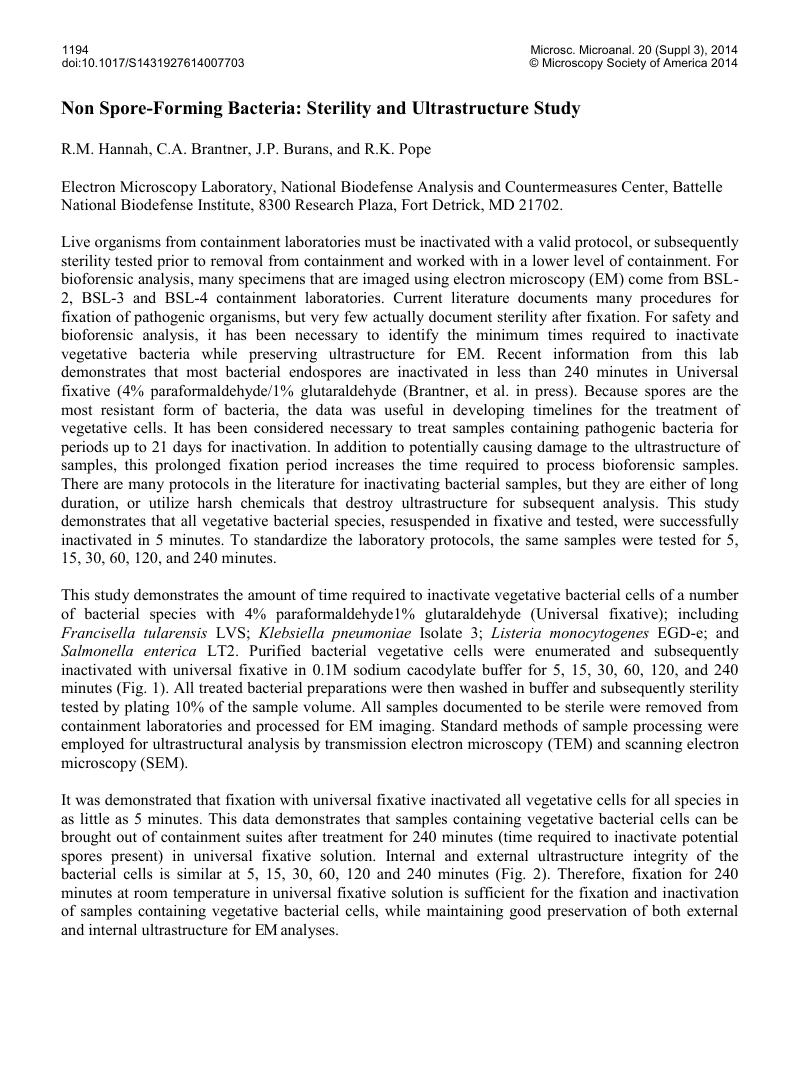

The incubation period is approximately five to seven days.

Erysipeloid is painful and may have a throbbing or burning quality. Because of its mode of acquisition (i.e., contact with infected animals, fish, or their products, with organisms gaining entrance via cuts or abrasions on the skin), lesions are usually confined to the hands and fingers ( 7). Erysipeloid is the most common form of infection ( 18). There are 3 well-defined clinical entities described in humans: 1) A localized cutaneous form known as erysipeloid 2) A generalized cutaneous form 3) A bacteremic form which is often associated with endocarditis ( 17, 34). rhusiopathiae may rarely be part of the oral flora of these household pets ( 43). Recent reports of erysipeloid following cat and dog bites suggest that E. The occurrence of systemic infection that doesn't have an occupational link (predominantly in immunocompromised hosts) suggests that oropharyngeal or gastrointestinal colonization may occur. There are a few reports of bacteremia that have occurred after ingestion of undercooked pork. The organism is communicable from animals to humans generally by direct cutaneous contact ( 5).

Those at greatest risk include fishermen, butchers, slaughterhouse workers, veterinarians and housewives ( 27, 48, 49). Most human cases are related to occupational exposure ( 25). rhusiopathiae is closely related to the opportunity for exposure to the organism. It has been isolated from flies, mites, lice and ticks. It has been reported as a commensal or a pathogen in a wide variety of vertebrate and invertebrate species including swine, sheep, turkeys, ducks, and fish but also dogs, cats, chickens and rodents. EPIDEMIOLOGYĮrysipelothrix rhusiopathiae is found worldwide. Erysipelothrix rhusiopathiae is a slender, pleomorphic, non-sporulating, gram-positive rod.


 0 kommentar(er)
0 kommentar(er)
